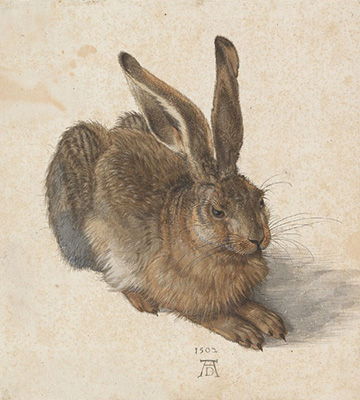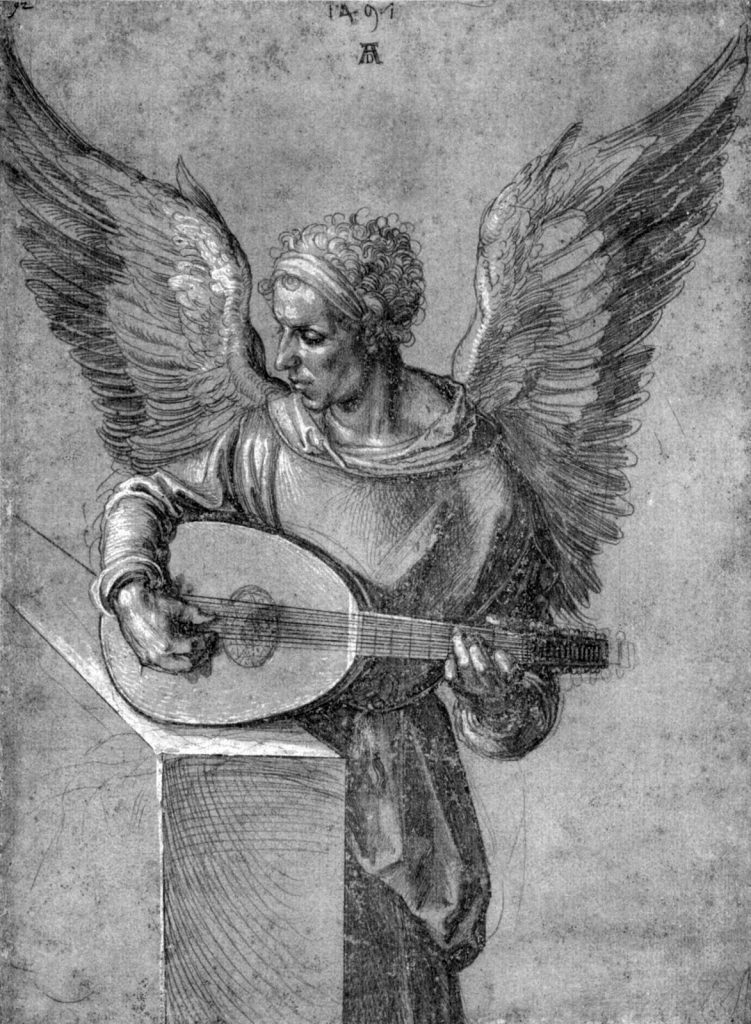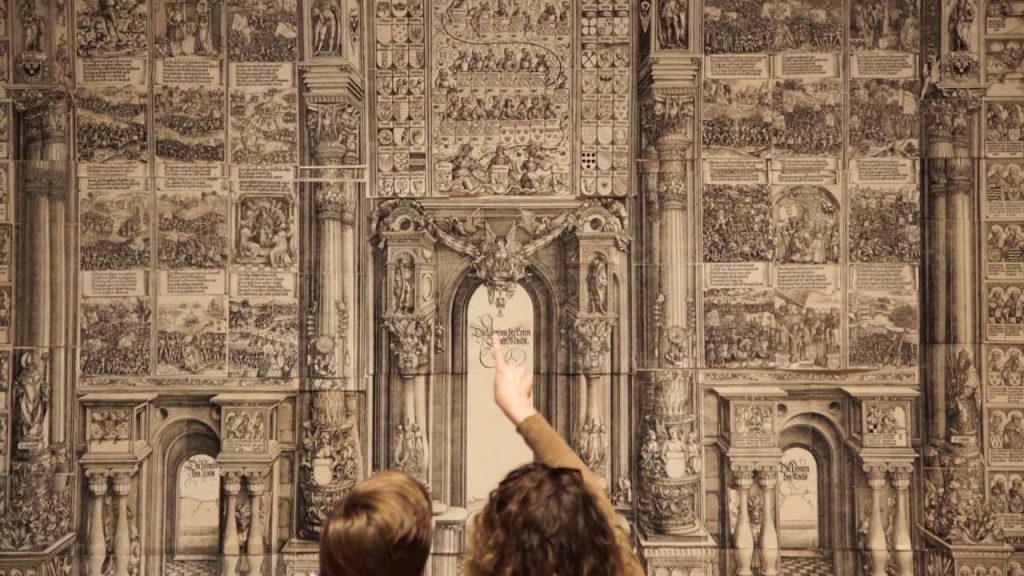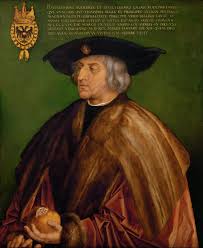Albrecht Durer (German Renaissance)
1471 – 1528
His father was a goldsmith. Trained in drawing and woodcutting.
at 15, he became an apprentice to the best-known artist in Nuremberg.
Crucially, Durer travelled to other parts of Europe, including Italy, drawing inspiration and ideas from many other artists.
ENGRAVINGS: Durer became most famous for his engravings, setting up his own workshop in Nuremberg. He made his engravings from prints from wood or copper. The most famous one of these is his 18 engravings of the Apocalypse Cycle, in particular the Four Horsemen of the Apocalypse
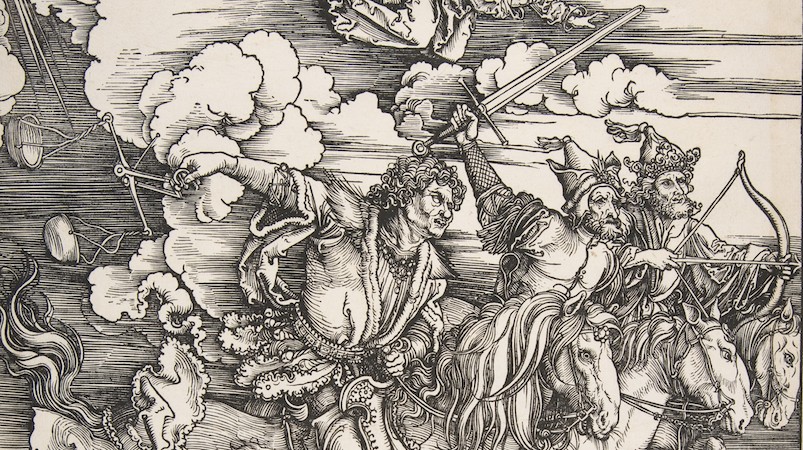
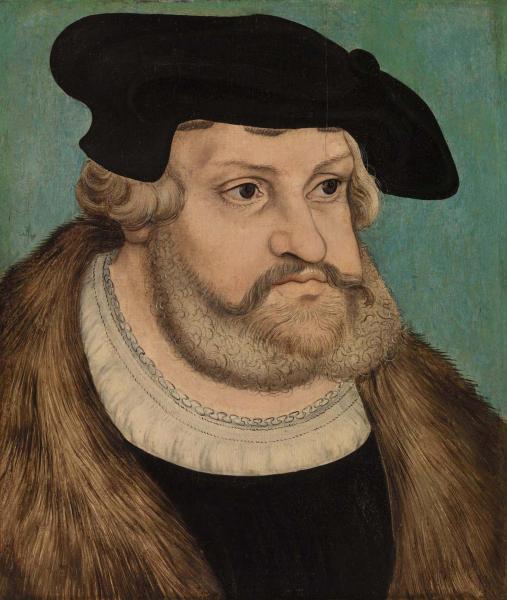 Dürer’s patron was none other than Prince Frederick of Saxony, a man of wealth and influence who would later become synonymous with the first generation of The Reformation. Dürer received many commissions of religious art from wealthy Nuremberg citizens like Prince Frederick.
Dürer’s patron was none other than Prince Frederick of Saxony, a man of wealth and influence who would later become synonymous with the first generation of The Reformation. Dürer received many commissions of religious art from wealthy Nuremberg citizens like Prince Frederick.
Most notably, Dürer received commissions from Emperor Maximilian including the Triumphal Arch, which is the largest wood print ever created
Pro-Reformation
Just like his patron, Dürer was a strong supporter of Martin Luther and The Reformation. He produced many woodcuts celebrating Luther’s stand against the Roman Church.
Dürer also completed self-portraits and drawings of plants and animals. One of the most detailed of these is the Young Hare which has an extraordinary amount of detail in it.
